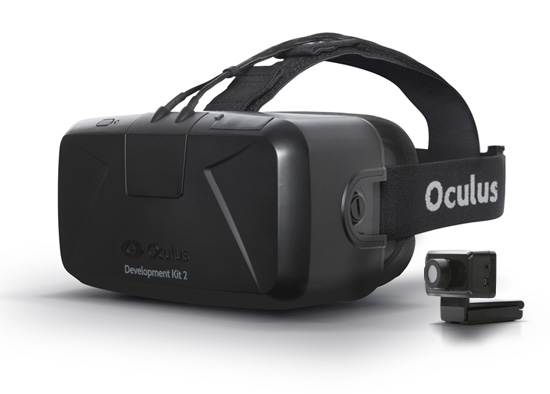I can’t explain why, but it seems like the world has gone batty for virtual reality lately. I’m old enough to remember the last time this came around, back in the 1990s, and I have a feeling that new VR setups have addressed the big issues that caused VR to fail back then: poor quality, slow response time, and lack of anything interesting to do. I don’t know, honestly, because I’ve never tried any of the leading VR setups. I’m just not interested.
But this does take me back to a prediction I made back in the early 1990s, one which never came true. At that time of course tube monitors were the rage, and they were expensive. A 19″ color monitor was over $2,000 and needed special hardware for the “high-resolution” display to work. No one had multiple monitors and at that time there weren’t even a lot of people who used color monitors due to their high price. Flat panels were still a decade away.
So, I reasoned, if computer displays were to grow, they would have to grow virtually. I imagined that computer operators would ditch monitors in favor of VR headsets and interactive gloves that would let them work in a giant, completely private, workspace. I was surprised recently to hear someone else propose the exact same thing, and it makes me wonder if we’re getting closer to that.
I don’t know if I personally could wear VR goggles for a whole workday. I would imagine my neck would hurt and there would be a fair amount of eyestrain. But as this technology evolves, I could imagine VR for offices turning into something like Google Glass where you have a large interactive display that’s built into a pair of glasses. Unlike game-based VR, it wouldn’t need to block out the outside world, just overlay some more information onto it. This technology could bring truly usable 70-80″ display technology and would potentially help get us past the decades-old “desktop/windows” methodology for putting multiple information sources on the same display space.
I think VR monitors, done right, could actually improve productivity and potentially make it easier for work to get done. It would be easier to integrate work with real life and at the same time, imagine some sort of collaboration strategy where you could easily share what you’re doing with someone else. Sure there are screen-sharing options today, but imagine being able to share “just one thing” with someone while you continue to work privately on everything else.
The potential downsides seem to stack up to health concerns (which were everywhere when people started using computers and were mostly addressed) and the weird idea of having cubicle farms full of people with goggles who were completely unaware of their surroundings. As I said, office VR wouldn’t have to be immersive, and I would also point out there are already plenty of people so obsessed with their screens that they barely know where they are. I’m not sure this would make a difference.
I know that telecommunting and telepresence would be greatly impacted by VR. A properly calibrated setup could put ten people from ten different locations in the same room seamlessly, looking even better than the Jedi Council scenes from Star Wars. This could help feel less isolated when working outside the office and help people participate more in the conversation without it seeming artificial. Personally I’m a big fan of telecommuting and while it’s not for everyone, there are definitely cases where it works very well.
So, maybe the dream I had 25 years ago is finally getting close to coming true. Maybe by the time this blog celebrates its 15th year in 2022, I’ll be composing it completely using VR. Amazing, right?
So…. I had actually written this article a short time ago and shelved it. In the meantime engadget ran this one. Seems they may agree with me.

